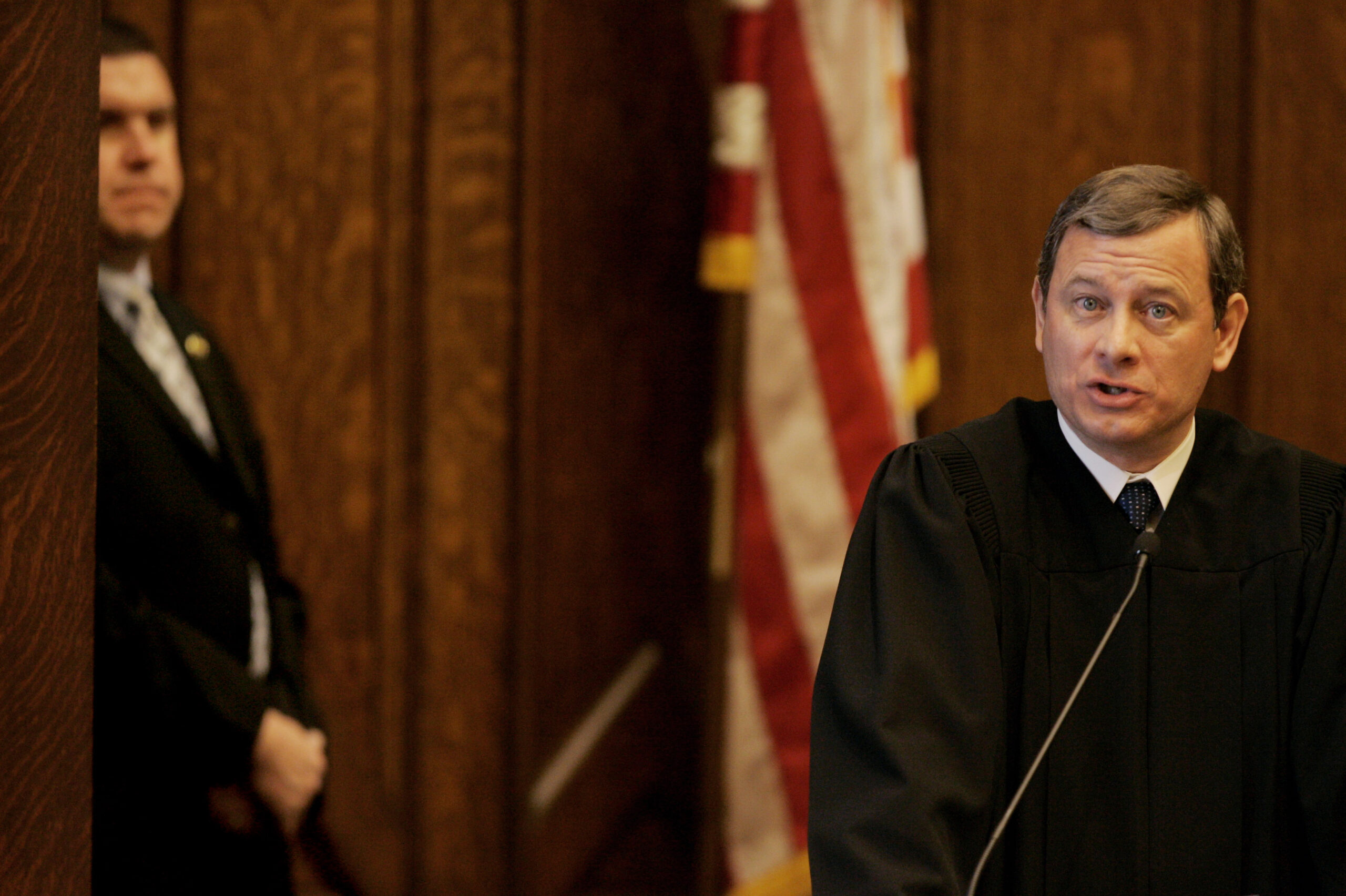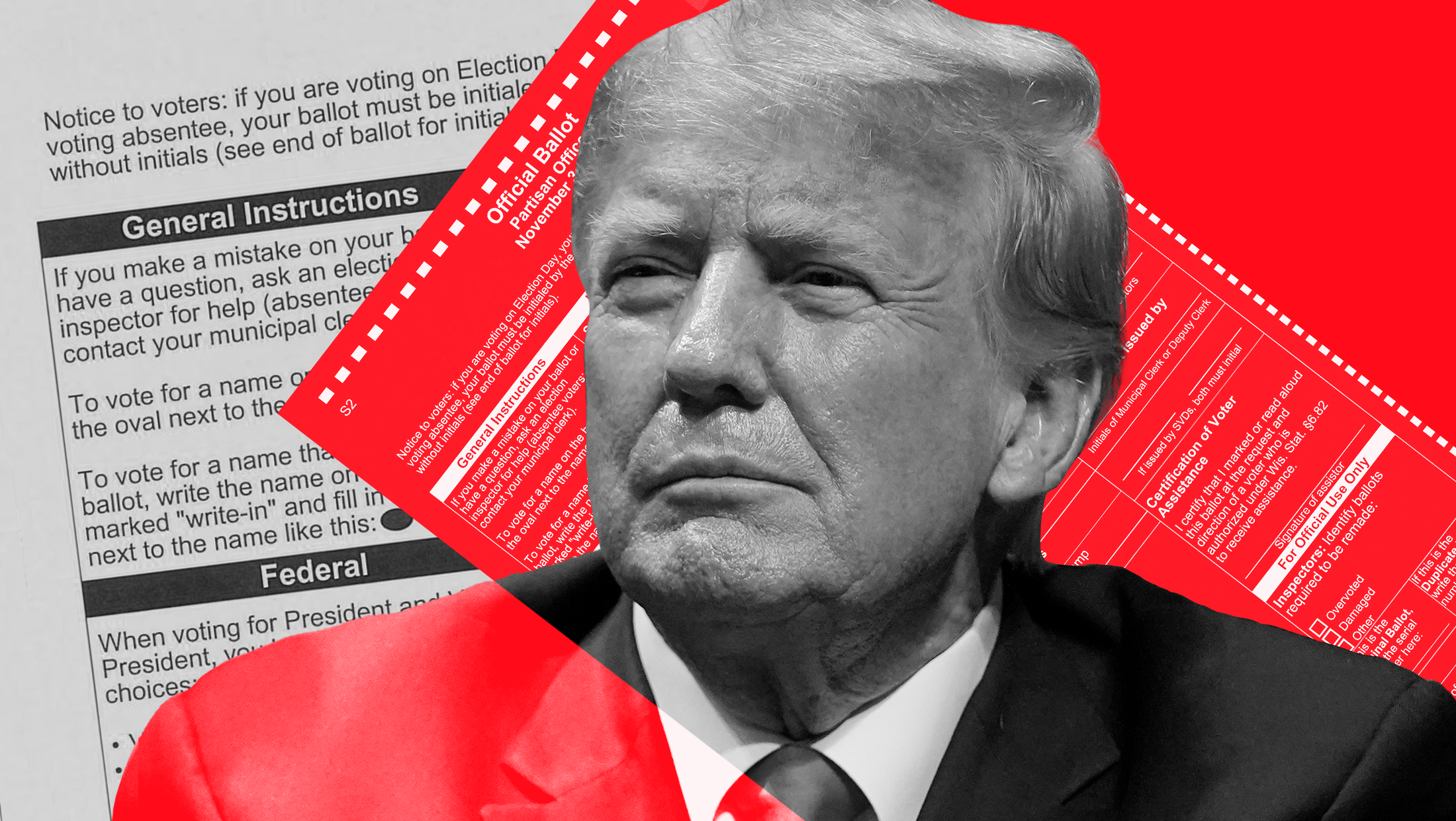Alabama Shows Our Country Hasn’t Changed
Ten years ago, in his landmark opinion in Shelby County v. Holder, Chief Justice John Roberts promised that “our country has changed.”

Ten years ago, in his landmark opinion in Shelby County v. Holder, Chief Justice John Roberts promised that “our country has changed.”

Unable to attract the support of a majority of eligible voters, Republicans are left to try to rig the voting rules and exploit election loopholes.

We cannot let the focus on this one case, as important as it was, obscure the fact that threats to our democracy come in many forms.

As a voting rights lawyer, I babysit Republican lawsuits because democracy deserves the best defense of voting rights.

I believed that Roberts knew better until I read his last words of the term in which he blamed the dissent for the Court’s current predicament.

Writing for a six-justice majority, Chief Justice John Roberts firmly rejected the so-called independent state legislature theory.

Trump is convinced that his entire future hinges on the results of the 2024 election: his legacy, his stature and, most importantly, his personal liberty.

Ten years after Chief Justice John Roberts struck down Section 5 in Shelby County, he spared a different critical provision of the Voting Rights Act.

The names of the states change, but the results are the same: voting for minorities and young voters becomes harder and elections become less free and fair.

If Republican leaders have had a change of heart about voting by mail, no one has told their lawyers or Republican-controlled legislatures.
